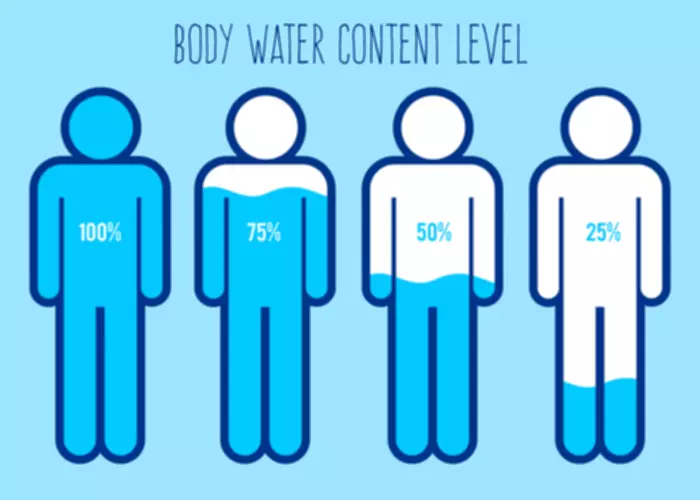
Undergoing treatment for AUD can be challenging, and there’s always a risk of relapse. Making such a significant life change can cause emotional turmoil, including guilt for past behaviors or burdening others. Alcoholism is why is alcoholism considered a chronic disease considered a brain disease because it affects the way the brain operates, causing symptoms such as compulsive behavior and intense cravings.

Behavioral Therapies

Challenging life experiences such as trauma, abuse, the loss of a loved one, or extreme stress can heighten the likelihood of alcoholism or addiction. Many people turn to substances as a coping mechanism in times of distress, and that temporary relief can turn into a long-term habit that’s hard to break. Addressing the root causes of trauma or stress through counseling and learning healthier coping strategies is important for overcoming addiction. Some people are just more prone to addiction and alcoholism due to genetics, environment, mental issues, or a combination of factors. The medical community officially recognizes alcoholism as a disease, and it is listed in the Diagnostic and Statistical Manual of Mental Disorders (DSM).
Why do some people become addicted to alcohol or other drugs while other people don’t?

But many researchers now believe that design flaws in older studies falsely inflated the cardiovascular benefits of drinking. In some studies that correct for those flaws, booze’s apparent health benefits https://ecosoberhouse.com/ disappear. “Contrary to popular opinion, alcohol is not good for the heart,” the World Heart Foundation wrote in a 2022 policy brief. Drinking in excess is, in fact, linked to high blood pressure, abnormal heart rhythms, and sometimes even heart failure, according to American Heart Association researchers. More than 30% of alcohol-related deaths recorded in the U.S. from 2020 to 2021 were due to acute issues including accidents and injuries.

Lifeskills Programs
“The all-or-nothing approach is never a good idea,” Seija says, because while some people can go cold turkey, it’s unrealistic to demand that everyone who drinks should quit forever. “That’s where this idea of sober-ish comes to play.” This can involve having alcohol-free days, ordering fewer drinks or turning to nonalcoholic beverages as a way to preserve the social benefits of drinking. A number of experts have recommended revision of the guidelines toward lower amounts, as more studies have linked even moderate alcohol consumption to health risks. Predictably, the alcoholic beverage industry opposes more restrictive guidelines. Chronic diseases are the leading cause of death and disability in the U.S., accounting for about 70 percent of all deaths.
- The same dopamine neurotransmitters affected by alcohol and other substances are also involved in the ability to feel pleasure from ordinary pursuits such as eating food, having sex, and engaging in social interaction.
- Another effective approach is Motivational Enhancement Therapy (MET), which helps individuals increase their motivation to change their drinking behavior.
- As mentioned above, substance use disorder and alcohol use disorder are mental disorders, and therefore alcoholism is among some of the most common chronic conditions in the US.
- On the other hand, drinking in moderation (about one drink per day for women and two for men, respectively) poses a small risk for the average person, Rimm says.
Binge Drinking
- They are not just a means to an end but a continuous source of inspiration and accountability for many.
- Alcohol addiction is a complex disease with psychological, biological and social components, and like other chronic illnesses, addiction often involves cycles of relapse and remission.
- The insidious nature of alcoholism extends far beyond the physical toll it takes on the body.
- This is an example of a mental obsession – a thought process over which you have no control.
- AUD is a medical condition characterized by an impaired ability to stop or control alcohol use despite adverse social, occupational, or health consequences.
“It is not a complete loss of autonomy—addicted individuals are still accountable for their actions, but they are much less able to override the powerful drive to seek relief from withdrawal provided by alcohol or drugs.” The problem is the alcoholic’s mental obsession with alcohol is much more subtle than a song playing in one’s mind. All they know is there is a sudden urge for a drink, a physical compulsion. Behavioral therapy, also called talk therapy or alcohol counseling, is recognized by the medical community as one of the what is alcoholism most effective methods of alcohol rehab.
The Stages of Alcoholism

While the brain’s dopamine transmitters drive us to seek pleasure, the stress neurotransmitters found in the extended amygdala region of the brain drive us to avoid pain and unpleasant experiences. This is an example of a mental obsession – a thought process over which you have no control. John C. Umhau, MD, MPH, CPE is board-certified in addiction medicine and preventative medicine.


